George Floyd death: Jury selection for police murder trial underway
George Floyd was filmed dying beneath the knee of white police officer Derek Chauvin. Now the eyes of the world will be watching his trial.
World
Don't miss out on the headlines from World. Followed categories will be added to My News.
It was the horrific cop killing that sparked a racial reckoning which spread across America and around the world.
Nine months after George Floyd was filmed dying beneath the knee of white police officer Derek Chauvin, thousands of National Guard troops are stationed in Minneapolis amid unprecedented security for the murder trial of his killer.
Chauvin, 44, is being tried separately to the three other officers who were with him when they tried to arrest Floyd and faces up to 40 years jail if he is found guilty of second degree murder.
The eyes of the world will be on the trial which has drawn an international press pack to the midwestern city, and the success of which may be loosely tied to the current appeal of Mohamed Noor, the police officer who shot dead Sydney yoga teacher and life coach Justine Damond Ruszczyk in 2017.
“This is certainly the most important criminal case we’ve ever had in Minnesota,” said emeritus law professor Joe Daly from the Mitchell Hamline School of Law.

“It likely may be the most important the United States has ever had, and maybe internationally it is one of the most important, because it will have such a dramatic effect on how people think about the police and the relationship of the police and citizens.”
When Floyd was killed on May 25, the spiralling pandemic had thrown America into a maelstrom of angst, grief and uncertainty in what was already a divisive election year.
Floyd’s death – filmed over almost nine long minutes as he called out for his mother, said “I can’t breathe” and finally passed away – added anger to the mix.
The reaction as the cell phone footage captured by a passing teenager spread was instant and incendiary.
Cities across America erupted in protests that turned into riots.
More than 1500 buildings burnt down in Minneapolis alone while the city of Portland, Washington, is still the site of almost nightly civil unrest.
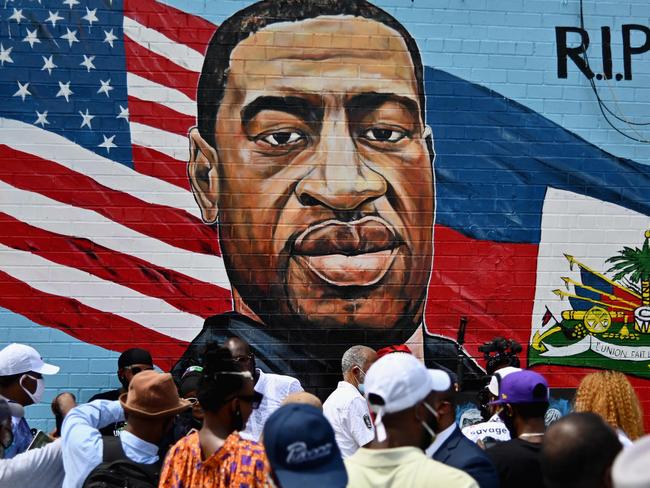
And while there is no doubt Floyd died beneath Chauvin’s knee, as millions of viewers of the harrowing footage can attest, a guilty verdict is by no means a certainty in a case that throws up a series of challenges.
“It’s not an open and shut case, even though you might ask ‘how could anybody come to any other conclusion looking at this video’,” says Prof Daly, who has worked as a prosecutor and criminal lawyer in Minneapolis and is a visiting lecturer at the University of Queensland and Southern Cross University.
As with any high profile case, finding an impartial jury will be difficult.
“How do you pick a jury that’s unbiased in this case?,” says Prof Daly.
“Probably just about everybody here and certainly in the potential jury pool has seen that almost nine minute video of Chauvin kneeling on the neck of George Floyd. And that will generate a lot of emotion in people and emotion can trigger a lot of biases.”
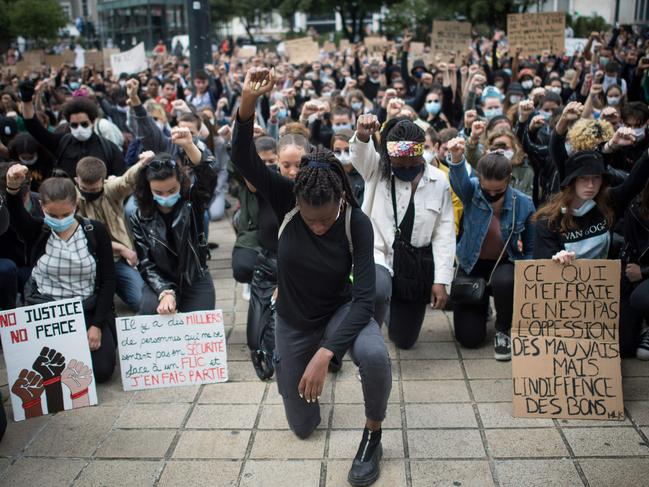
Potential jurors this week filled out an exhaustive 16-page questionnaire that sought answers to whether they personally know Chauvin and his co-accused, J Alexander Kueng, Tuo Thao and Thomas Lane, who are accused of aiding and abetting manslaughter and face trial later this year.
They were also asked if and how many times they watched the video of Floyd’s death as well as more standard questions such as whether they have been arrested before or have been victims of violence and have strong feelings for or against police.
Hennepin County District Judge Peter Cahill has set aside three weeks for jury selection and legal argument ahead of opening statements.
Chauvin is currently charged with second degree murder and manslaughter, which carry a maximum 40 years and 10 years respectively.
Prosecutors are pushing for Judge Cahill to reinstate a third degree murder charge that he struck out in October.
This was the charge prosecutors successfully levelled at Noor at his 2019 trial and for which he is serving 12.5 years jail.
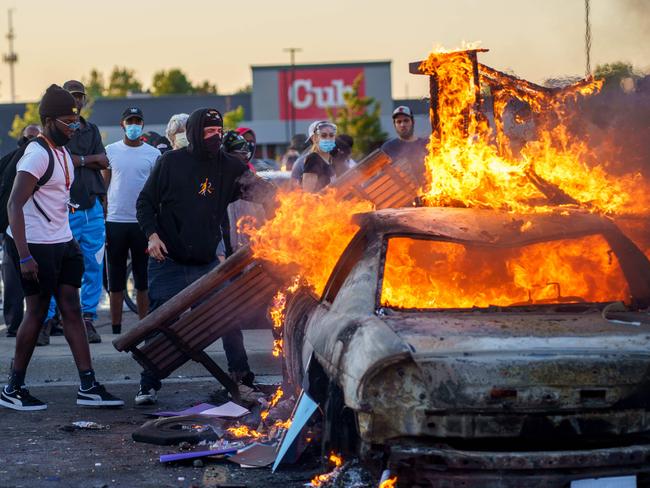
Noor shot dead Justine Damond Ruszczyk from his squad car after she had called police to report what sounded like a sexual assault outside her home. His defence was that he thought he was in danger when she approached his car.
One of Noor’s avenues of appeal is based on the use of the word “other” in the third degree murder statute which describes “a depraved heart or mind murder which places others in eminent danger of death and disregarding human life”.
Noor was the first person found guilty under Minnesota law where the “other” in the statute was his single victim rather than other people.
“The example a lot of people use is: a train comes by and you start shooting at the train with a gun, not aiming at anyone, you’re shooting indiscriminately,” said Prof Daly.
“You’re perpetrating an act imminently dangerous to others. What happened in the Justine Damond case is that Noor took his gun and aimed it her … one person, a specific person.”
He said the judge in Chauvin’s case determined “others” needed to include someone other than Floyd.
“And so consequently … he (Chauvin) can’t be charged with murder in the third degree. And so he (the judge) dismissed the charge.”
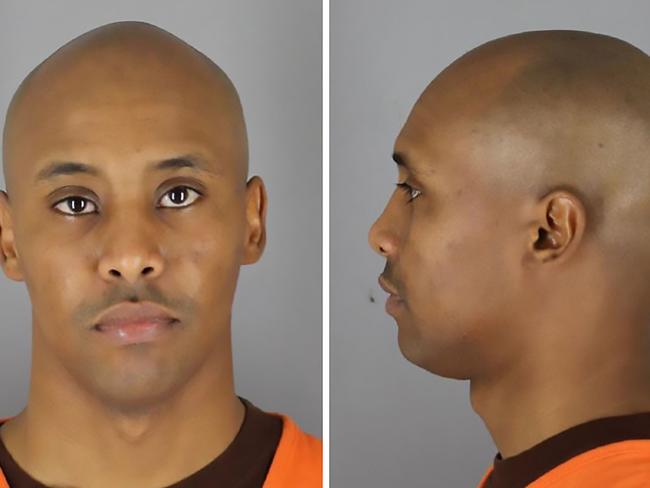
A ruling is expected in coming days on whether or not Judge Cahill will be forced by a higher court to reinstate the third degree murder charge, which is tied to Noor’s appeal.
While the question of degrees of murder might seem like a technical point, it is important for more reasons than the length of any sentence handed down after a guilty verdict.
Legal experts warn that the second degree murder charge may be too high a burden for prosecutors in Chauvin’s case, given that the chokehold he used on Floyd was police procedure at the time.
“They actually have a very good defence against murder in the second degree, and I think that’s why the state of Minnesota is so intent to get murder in the third degree back, because I think they see the possibility of losing,” said Prof Daly.
The second degree murder charge is that Chauvin killed Floyd “while committing or attempting to commit a felony offence”, in this case a felony assault.
“So basically what they’re saying is you intended to commit bodily harm upon this guy … even though you didn’t intend to kill him, you did.
“And that’s murder in the second degree.
“The problem here is that this police officer and many of the police officers in Minneapolis were trained to use chokeholds and were trained to actually kneel on offenders.”
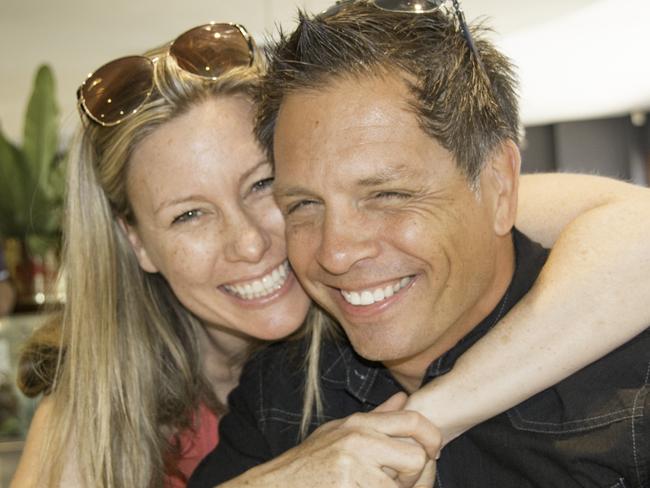
While the use of choke holds had decreased, the circumstances of Floyd’s arrest potentially invited such a response.
“It was one of the weapons in your arsenal to do something that is facing you, the police officer,” says Prof Daly, who has also adjudicated in police labour cases across the US.
“So the question is, here is a really big guy – Floyd used to play American football – and he had fentanyl and amphetamines in his system, according to the medical examiner.
“He was out of control. He was fighting the police officers who are trying to get him in the car. He was a big guy, bigger than any one of these single police officers and he was resisting arrest.
“Chauvin wanted to get him down, and he took him down … which is part of the training process even though it’s no longer part of the training process.
“Police officers were trained to do that, to kneel on someone. Now, they weren’t trained to do that for almost nine minutes until someone dies.
“But it could be turning on that moment when Chauvin’s colleague said, ‘should we turn him over’, it could come down to the length of time that Chauvin was kneeling on him.”
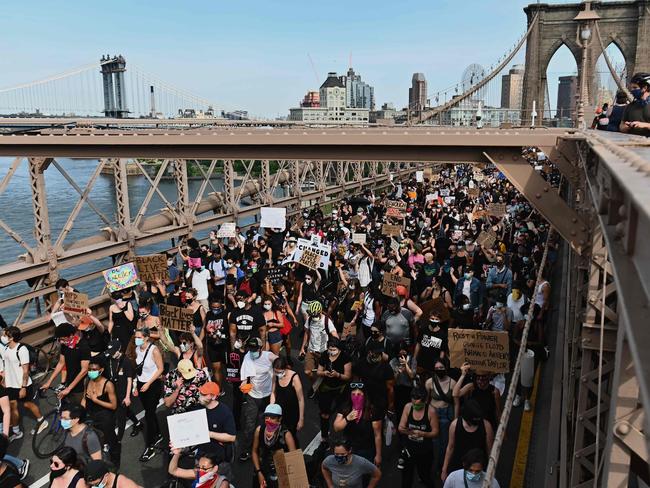
There was little doubt that Chauvin’s actions constituted culpable negligence that had killed someone, which could lead to a second degree manslaughter conviction, but authorities in Minneapolis are clearly worried that such a result in this high profile case could spark more unrest.
“They are concerned about what will happen, that people will go crazy and the rioting will start again,” said Prof Daly of a manslaughter verdict.
“It’s quite frightening here at the moment.
“In June there were times where we felt like we were in a war zone, there were helicopters flying all over the place, sirens going everywhere and a lot of businesses were burned down.”
When he activated the state’s National Guard, Minneapolis Governor Tim Walz warned last month the high profile trial would potentially act as a “magnet” for troublemakers.
“There are some public safety events for which you cannot plan, and there are some for which you can,” he said.
“The upcoming trials of the former officers involved in the death of George Floyd have raised the potential of civil unrest in Minneapolis, St. Paul, and nearby communities.”
Originally published as George Floyd death: Jury selection for police murder trial underway




